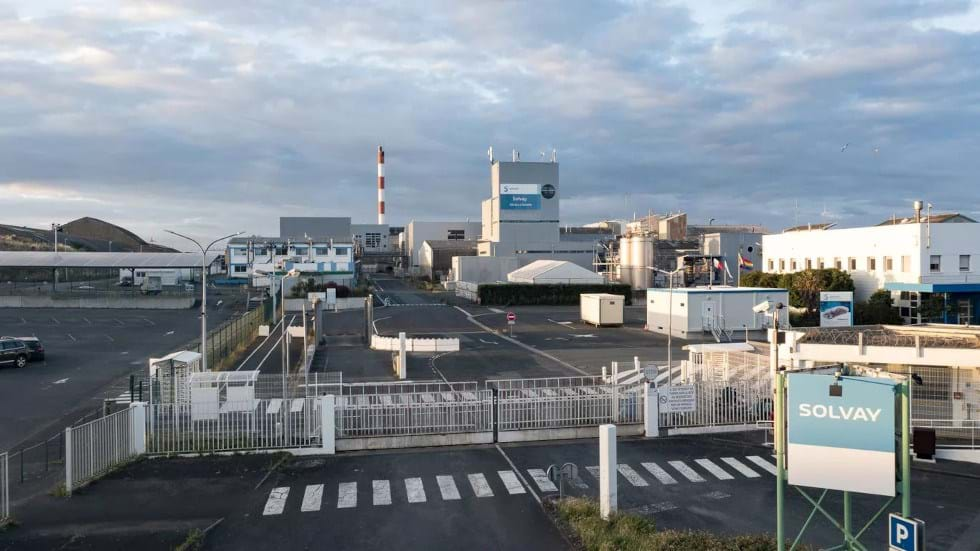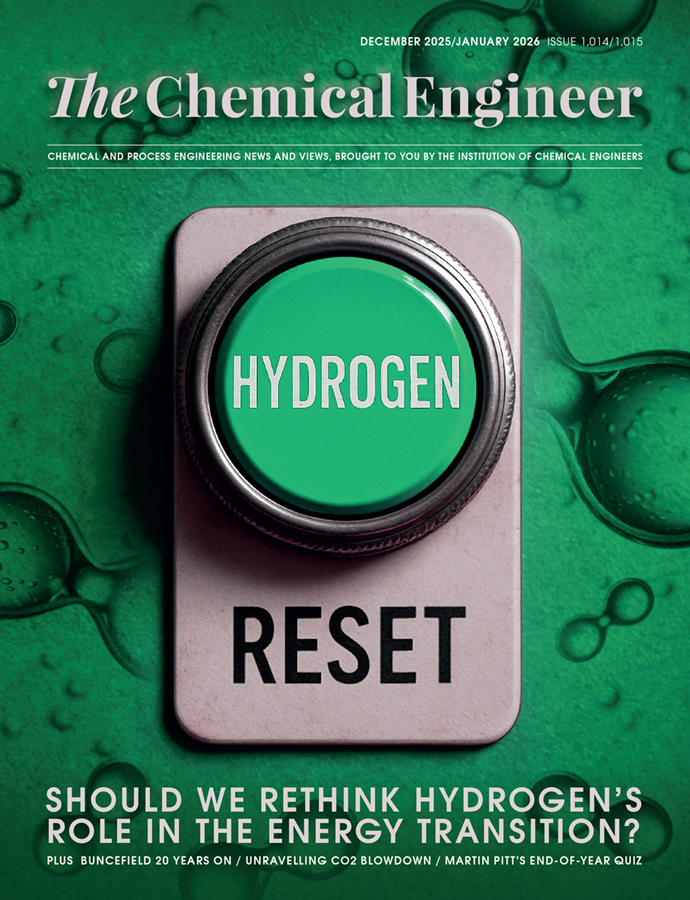Solvay starts rare earths production but future expansion relies on manufacturers buying local

SOLVAY has expanded production of European rare earths and said customers must now buy local before it invests any further to help the EU reduce its reliance on China.
The Belgian chemical major has inaugurated a production line at its La Rochelle facility in France for neodymium and praseodymium, the rare earth elements used in permanent magnets. Supplies are looking increasingly insecure as the world’s dominant supplier China has responded to US trade tariffs by suspending exports of a wide range of rare earths. This is a group of 17 critical elements that are crucial to the production of wind turbines, electric cars, missiles, and semiconductors.
Solvay’s new line is producing “a few hundred tonnes” of rare earths for permanent magnets. The move is the first step towards meeting the company’s goal of supplying 30% of European demand for rare earths used in permanent magnets by 2030.
The processing plant was a significant supplier decades ago, but output has dwindled as China has ramped up cheaper production. The country now accounts for around 90% of the world’s processed rare earths, according to figures from the IEA.
Solvay said it has invested several million euros expanding the plant and will wait for interest from customers before committing about €100m (US$113m) for a full-scale expansion.
"The issue is not capacity. We can adapt to what is needed," An Nuyttens, president of Solvay's division that produces rare earths, told Reuters.
"The car manufacturers, the wind turbine manufacturers, those are the stakeholders that will make this happen or not."
The EU estimates that its demand for rare earths will increase six-fold by 2030 and 21-fold by 2050 as it races to meet climate goals. The bloc’s Critical Raw Materials Act has set targets to diversify supplies by domestically extracting 10% of its annual consumption, processing 40%, recycling 25%, and relying on no single country for more than 65% of supplies.
Engineers have said supplies could be improved if governments were to track the volume of critical minerals in use and when they will become available from products that have reached the end of the their lives.
See our periodic table infographic showing which countries dominate supplies of elements.
Recent Editions
Catch up on the latest news, views and jobs from The Chemical Engineer. Below are the four latest issues. View a wider selection of the archive from within the Magazine section of this site.




